5 common yoga mistakes & how to fix them
From holding your breath to grappling with tight hamstrings, we look at 5 common yoga mistakes and offer advice on how to solve them
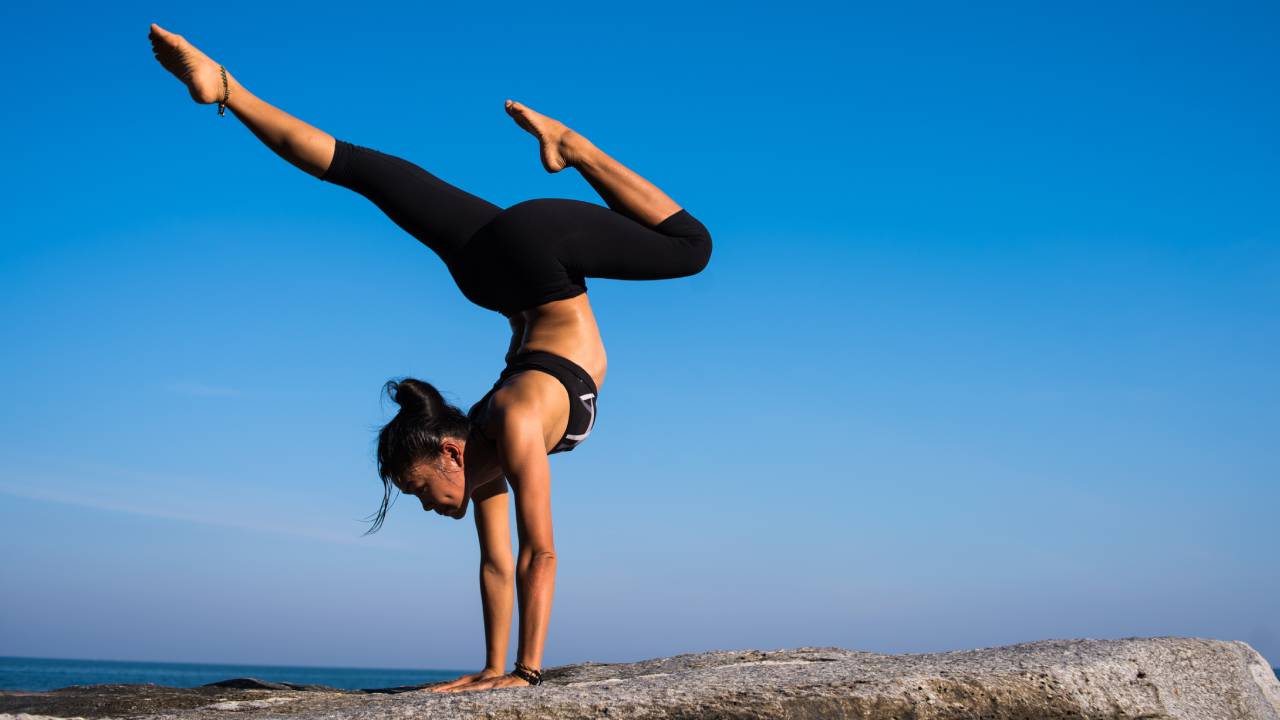
In a yoga class, it’s easy to look around and feel a bit overwhelmed, especially if you’re new to the practice. The teacher is there to guide you with their instructions and to help adjust you in postures. Their expertise and knowledge can go a long way in your practice but every so often, you may miss some of their wise words. This can lead to common mistakes, either in how you do a posture or your intention behind it.
When you practice yoga, it’s important to use your teachers guidance but to also feel into your own body. This will allow you to notice if something doesn’t quite feel right. Good yoga teachers won’t mind if you adjust a posture and don’t follow the rulebook. Great yoga teachers will want you to do this. It demonstrates that you are connecting to your body and observing what’s going on for you and as yoga teachers, we can’t ask for more.
Before you roll out your best yoga mat and put on your favourite yoga pants, take a look at the 5 most common yoga mistakes people make and hear our advice on how to fix them so you can get the most out of your practice.
Mistake 1: Comparing to yoga images on social media
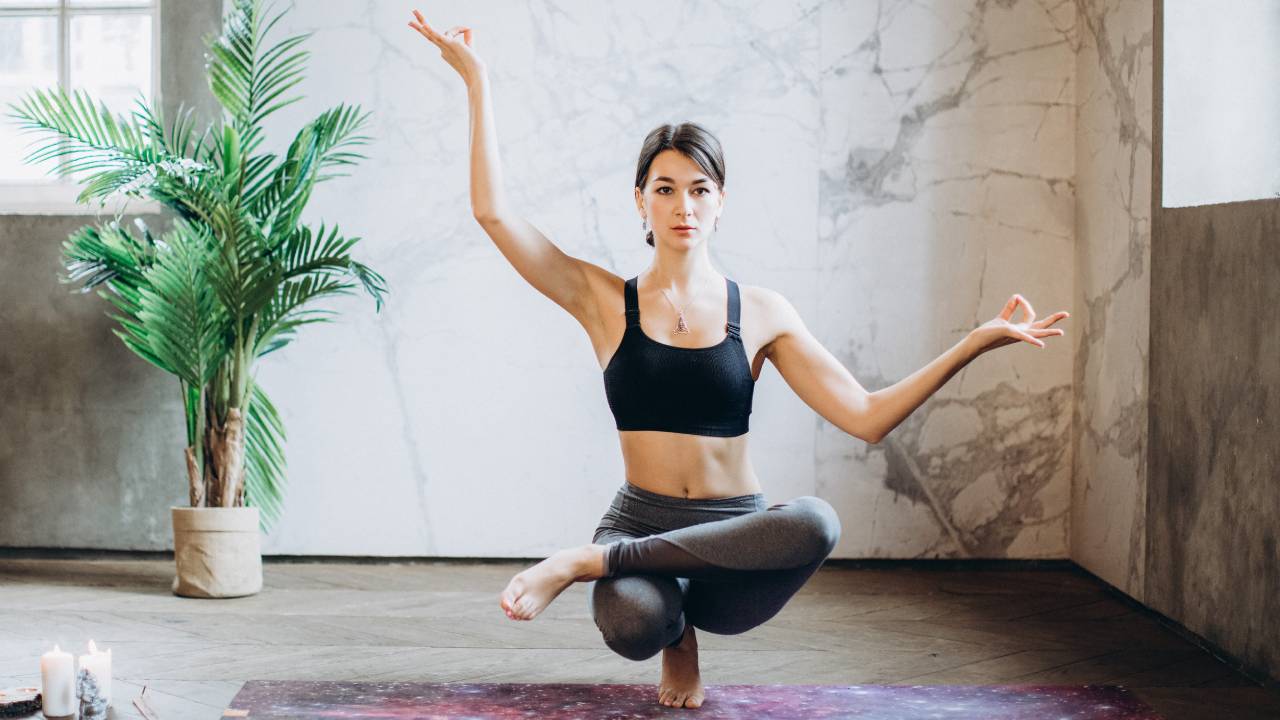
Yoga poses and postures are plastered all over social media. Unfortunately, the postures that make for more interesting content are those that are particularly challenging and can take many years to work towards. Not only this but the representation of yoga gets skewed through these images with little emphasis being placed on the simpler, and just as beneficial, postures. People that attend yoga classes sometimes compare themselves to these images and feel that they aren’t doing it right or that they’re not ‘good enough’ at yoga. And this really isn’t the case!
Yoga is individual and each practitioner will experience something different in a posture. Our bodies are all so varied in bone structure that what one person can achieve may not actually be available to someone else, and trying may lead to injury. Yoga doesn’t have a right or wrong, it doesn’t judge. Make it your own and follow what your body is telling you it needs. Learn to listen to it. Use yoga images as a way to inspire your practice but leave the comparison at the door.
Mistake 2: Not using supports
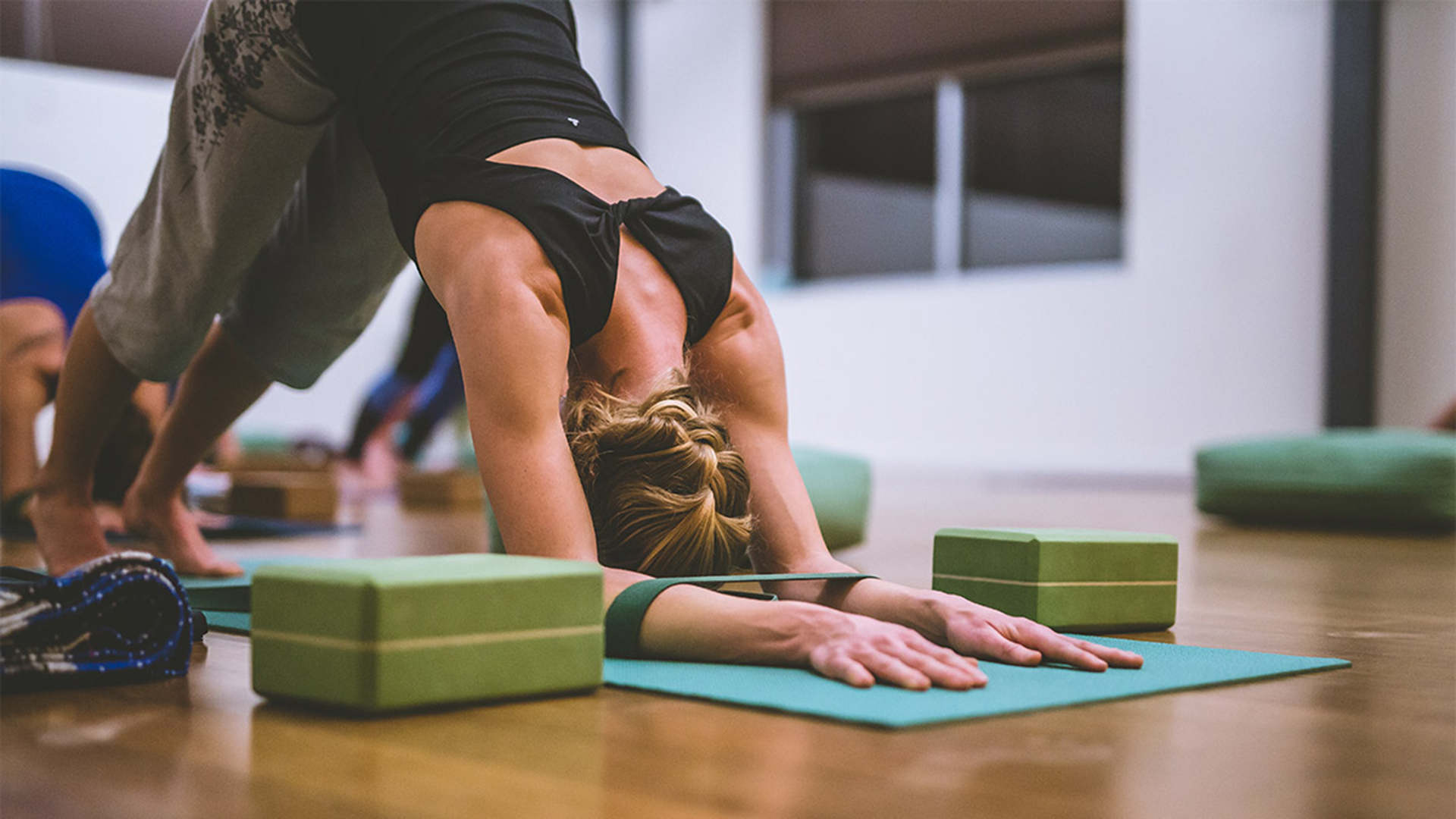
This leads us to discuss the use of supports in a yoga class. If you can stop comparing yourself to images on social media, you open up the opportunity to start using supports in your practice. The use of yoga props, as they’re known, can help people access postures that would otherwise be unavailable to them. However, many people are reluctant to use them because they feel they must be doing something wrong if they need them. This isn’t the case!
If you struggle with a squat, for example, and your heels are always raised off the floor, consider that this might be due to your bone structure. Can you change the size and shape of your bones? No. So what can you do? You can place the best yoga blocks under your heels to support them or even sit on blocks to take the pressure off your ankles but maintain a squat-like shape with your legs. Props mean you can experience the benefits of a yoga posture to a level of challenge that suits you. It avoids unnecessary strain and tension and helps you to adapt the practice to suit your body.
Get all the latest news, reviews, deals and buying guides on gorgeous tech, home and active products from the T3 experts
Mistake 3: Forgetting to focus on your breath
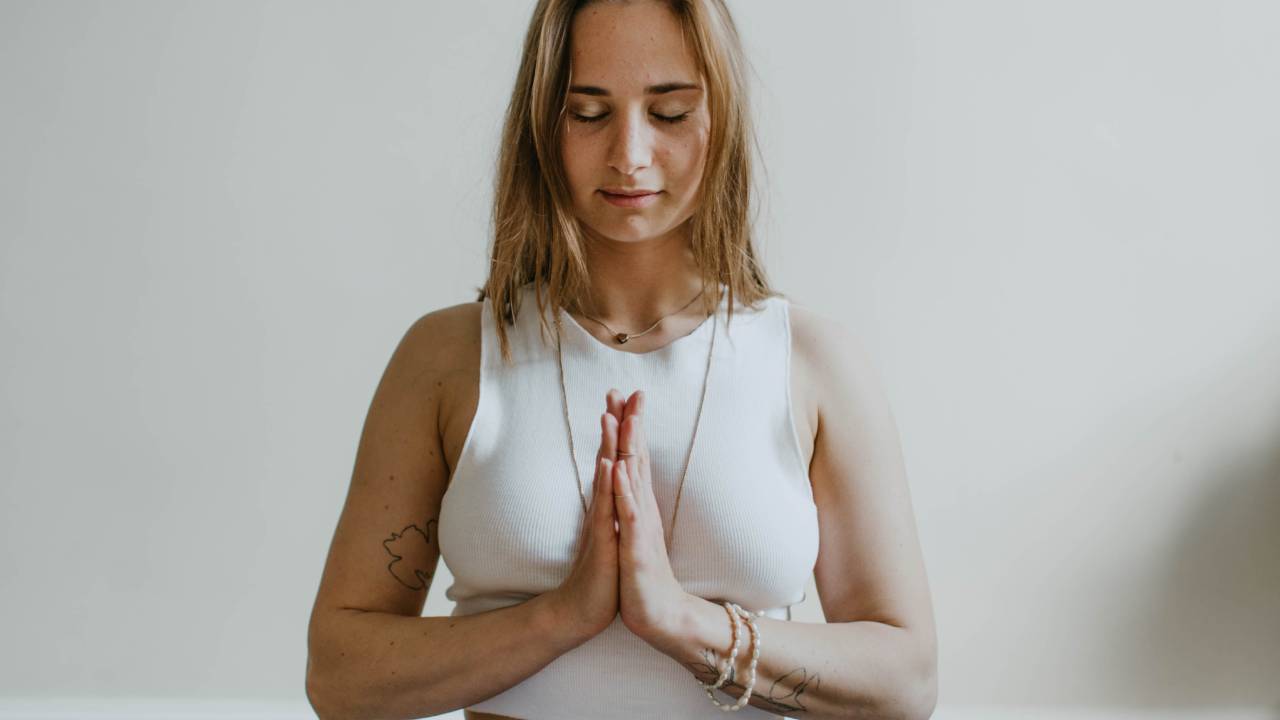
It’s incredibly common for people to concentrate so hard on a yoga posture that they hold their breath! This is especially common in balances. The breath in yoga is essential to calming the nervous system and slowing the mind down. When you hold the breath in yoga postures, you create tension in the body and send a signal to your brain that you're feeling tense. If you can remember to breathe, deep and long breaths, while in postures you send the signal to the brain that there is nothing to be afraid of and that you're relaxed. This has profound effects on the body and mind.
The next time you practice yoga, make the breath your focus. It guides you in your postures as if you’re struggling to take a deep, soft, slow breath, it might be that the posture is too much for you. Your breath should come easy in yoga postures so if it doesn’t, take note and listen to what your body is telling you. Adjust the posture so that your breath flows freely.
Mistake 4: Downward facing dog
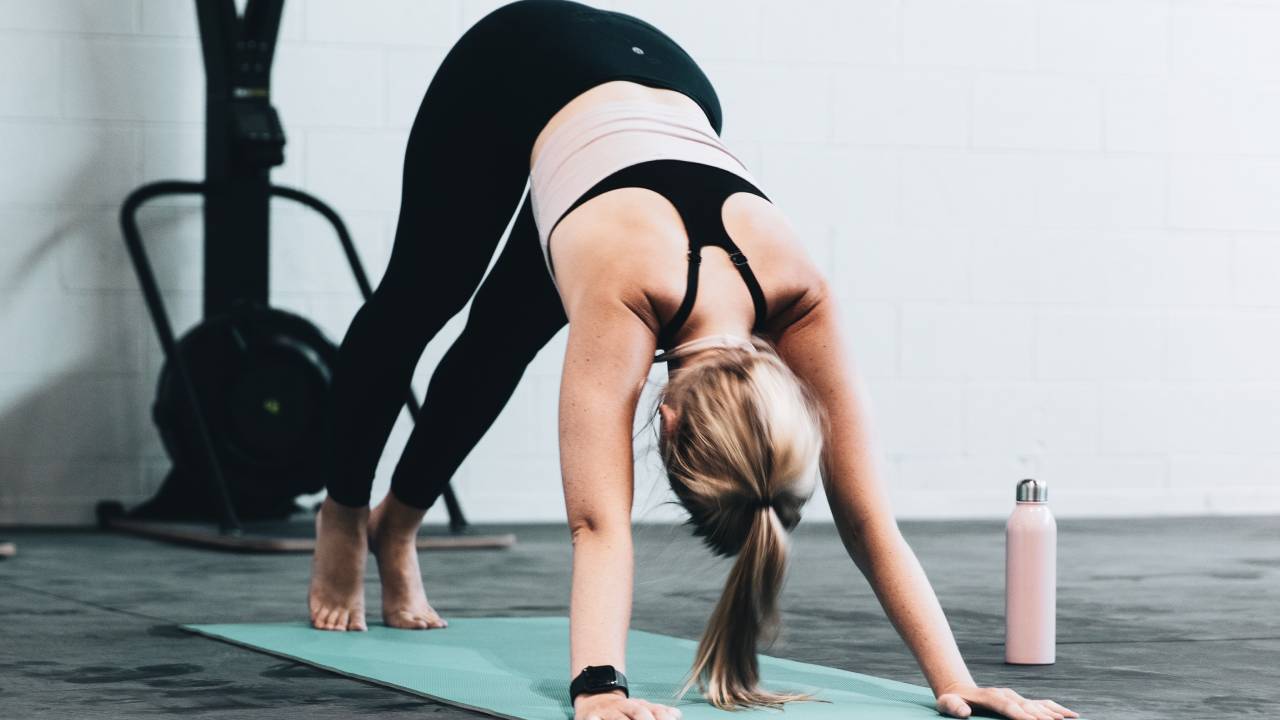
Now let's move on to some yoga postures and the common mistakes made when practicing them. Downward facing dog is a fundamental yoga posture with many benefits. It’s a great posture for helping you recognise where you’re holding tension as it involves the whole body. Often people are keen to straighten their legs (and this goes back to images on social media!) but this can actually stop people from getting the benefits of this posture.
If you have tight hamstrings and you make your legs straight in downward dog, you may find that your upper back and shoulders round and move forward, towards your hands. This gives you a hunched back. The aim of downward dog is to open the backs of the legs and the shoulders. By straightening the legs and moving the focus away from the shoulders, you can end up with something that looks more like a plank pose. When you do this, you don’t experience all the lovely opening of this shape and you can’t feel where you might be holding tension to then release it.
When practiced well, downward dog should be stretching the backs of the legs, ankles, shoulders, chest, wrists and the sides of the body. If you round the upper back, you lose a lot of this opening in the whole body. The next time you try downward dog, bring a small bend (or large bend) to the knees and press your hips up to the ceiling. Feel your chest and shoulders open with your chest drawing back towards the thighs. Your upper back will begin to flatten out. Practicing in this way will allow you to get all the benefits and a deep whole body stretch.
Mistake 5: Seated forward bends
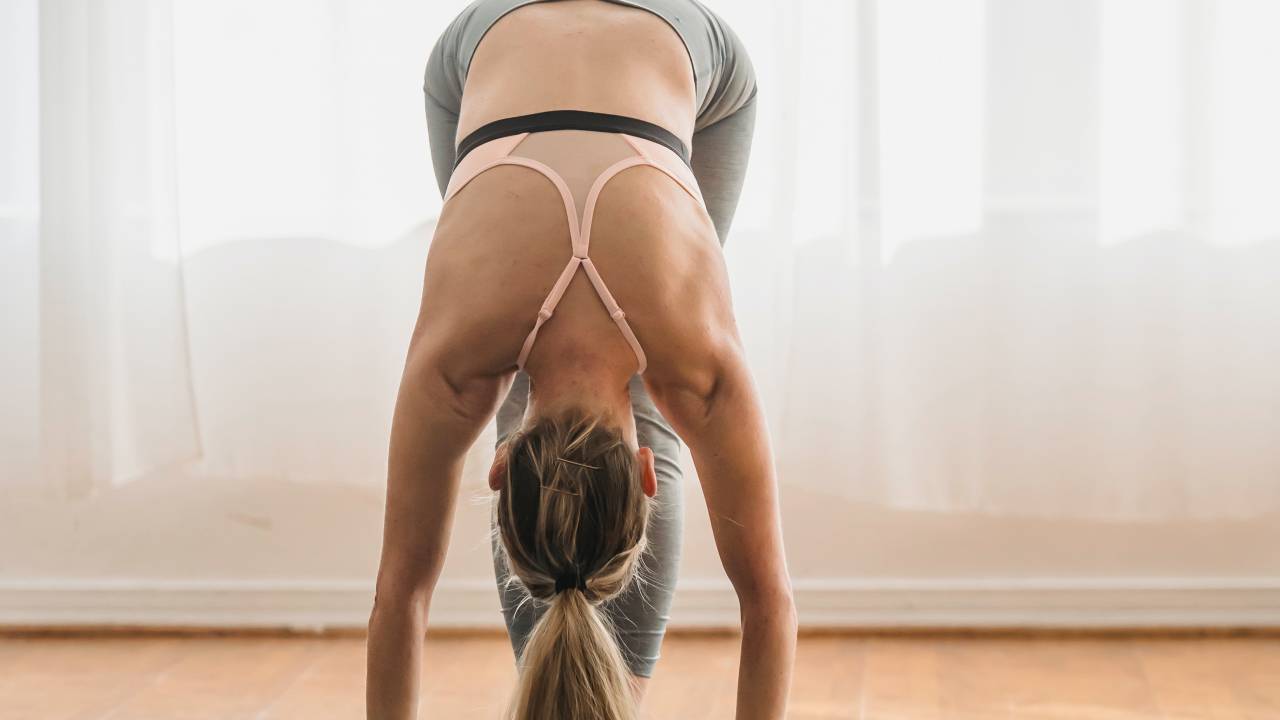
Another common yoga mistake is the need to get your chest on your thighs in a seated forward bend which typically leads to a rounded back for most people. Spoiler alert, getting your chest onto your thighs isn’t possible for everyone! By being eager to go deeper in a seated forward bend, it can leave you with a hunched back and rounded shoulders.
In order to avoid this, you need to explore where the resistance is coming from. Is it tight hamstrings or is it to do with the tilt of your pelvis? In a forward bend, you want to start the movement from the pelvis, tilting forward from this point. You don’t want to start the movement from the middle or upper spine; this is where you see the rounding come in.
Let go of the assumption that you need to go deep in a forward bend and that your chest needs to eventually reach your thighs. If the resistance is tightness in the hamstrings, consider bringing a bend to the knees. This will also help with getting more tilt from the pelvis. If the resistance is a lack of tilt at the pelvis, consider sitting on the edge a folded blanket, the best yoga towels or yoga block. The extra height will make the tilting action easier.
From these suggestions, you can then fold forward, chest moving forward (not down) and lengthen the spine. Aim to bring your shoulders back and down away from your ears and breathe. Don’t be concerned with how low you’re going but think about moving forward. This will give you the optimum benefits of a seated forward bend and you can say bye to the hunchback look.
Kat has 10 years of yoga teaching experience with further training in supporting injured students. She is qualified to teach Yin Yoga, Hormone Yoga Therapy and more traditional forms of Hatha yoga. She also has a certificate as a Yoga Therapy Practitioner.